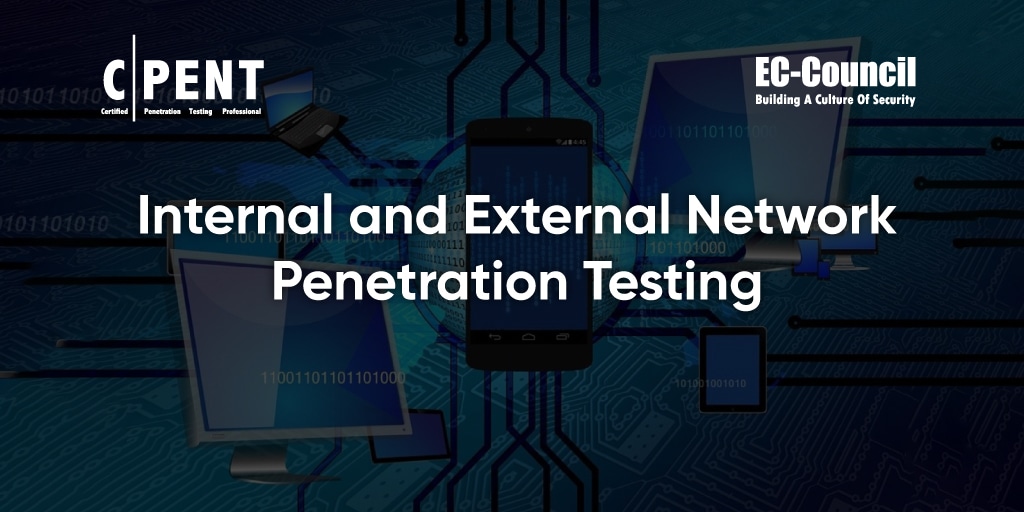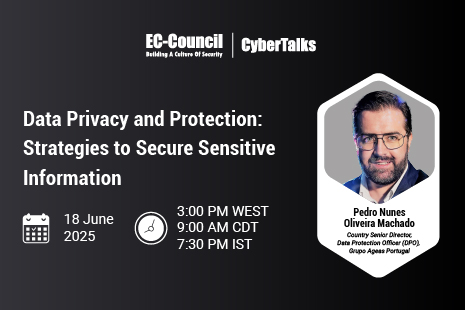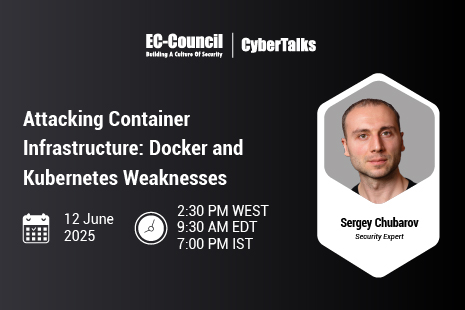Organizations sometimes experience a network penetration incident they could have avoided if their security systems had been strengthened at the time of the attack. These incidents include information leaks, unauthorized access to network systems, and data loss.
A penetration incident involves the intentional use of various malicious techniques to evaluate a network’s security responses—or lack thereof (Firch, 2021). Performing network penetration or pentesting regularly can help avoid such malicious activities.
Benefits of Network Penetration Testing
Network penetration testing is an important part of any organization’s security program, but it goes beyond just keeping a network safe from intruders. Here are some additional benefits:
Enhanced Compliance
Testing for penetration vulnerabilities can help organizations ensure that their networks are secure and compliant with relevant regulations. For example, Payment Card Industry Data Security Standard (PCI DSS) is a compliance requirement for companies that process, store, or transmit credit card information. The https://www.bitsight.com/blog/what-is-cybersecurity-complianceHealth Insurance Portability and Accountability Act (HIPAA) is another compliance requirement that organizations must meet when handling protected health information (Graham 2021).
Organizations that fail to meet these compliance requirements can be subject to heavy fines and penalties. In some cases, they may even lose their business license. Penetration testing can help organizations ensure their networks are secure and compliant with relevant regulations.
A Better Understanding of Security Posture and Controls
It’s essential to understand an organization’s security posture and control effectiveness. This will help determine where to allocate resources to make improvements. A network penetration test will give insight into the organization’s security posture and help identify any weaknesses in the security controls. Unlike a vulnerability assessment, a network penetration test puts the security controls to the ultimate test (Firch, 2021).
Improved Overall Security
Organizations can use the findings from network penetration testing to improve their entire security posture. By identifying and addressing any weaknesses in the security controls, they can make their networks more secure and less vulnerable to attacks.
Penetration Testers Stay Up to Date
The security team needs to have a great acquaintance with the most current trends and techniques to be competent penetration testers. Regular penetration tests help cybersecurity experts stay current on cyberthreats and defense mechanisms. The security staff can learn about new tools, techniques, and methodologies by conducting or observing a network penetration test.
Increased Ability to Respond to Incidents
Organizations that conduct consistent penetration testing can better respond to incidents (Morris, 2022). They can identify weaknesses through frequent security control tests and take proactive steps to address them. This helps ensure that networks are more resilient to attacks and in a better position to withstand incidents. It also improves risk analysis and mitigation strategies.
Common Vulnerabilities Detected by Network Penetration Testing
Now that we have looked at the benefits of penetration testing, let’s look at the common vulnerabilities detected by network penetration testing:
- Weaknesses in Security Controls: The most common vulnerabilities detected by network penetration tests are weaknesses in security controls. These include weak passwords and the lack of two-factor authentication. Attackers can also use open ports to find potential exploits (Tunggal, 2022).
- Lack of Segmentation: Another common vulnerability is the lack of segmentation between networks. This can allow attackers to move laterally through a network and gain access to sensitive data. Network segmentation divides the network into distinct sub-networks to enhance security control delivery.
- Unpatched Software: Outdated or unpatched software is yet another concern. It can provide attackers with a way to exploit known vulnerabilities and gain access to a network.
- Insecure Configuration: Incorrectly configured devices and services are other vulnerabilities detected through pentesting. Improper configuration may allow attackers to bypass security controls and access sensitive data.
Types of Network Penetration Testing
Penetration testing can be either internal or external. Internal penetration assesses an organization’s security posture and identifies security control shortcomings. External penetration testing examines the enterprise’s perimeter security and detects security control flaws.
There is another big difference between internal and external network penetration testing: internal network pentesting is performed by authorized personnel within an organization. In contrast, external network pentesting is done by authorized parties outside of the organization.
Perimeter network penetration testing aims to evaluate how effective perimeter security measures detect and deter attackers, as well as spot flaws in internet-facing assets like FTP servers. Perimeter devices and testing include:
- Firewalls: Assessing firewall security implementation.
- Routers: Examining the security posture before traffic appearance on an untrusted network.
- Switches: Evaluating switch security.
- IDS devices: Detecting unusual or suspicious activity in network traffic and alerting the administrator.
- IPS devices: Monitoring malicious activity on a network and taking action to stop it.
Black Box Testing
Black box testing is a type of penetration testing for which the tester has no prior knowledge of the system under test (Varghese, 2022). The tester’s goal is to identify as many security vulnerabilities as possible. Black box testing may also break down into blind and double-blind testing.
- Blind Testing: In blind testing, the tester has no information about the system under test. The tester must rely on their skills and knowledge to identify potential security vulnerabilities.
- Double Blind Testing: Double-blind testing is similar to blind testing, but there is one key difference—in double-blind testing, the organization’s security staff is unaware that a penetration test is being conducted.
Gray Box Testing
This is another type of penetration testing for which the tester has limited knowledge of the system to be tested. The tester does have access to some of the system’s internal tools and documentation. Gray box testing is useful for identifying security vulnerabilities that are not easily detected through black box testing.
White Box Testing
During a white box test, the tester has complete knowledge of the system under test. The tester has access to all tools and documentation as well. White box testing is useful for identifying security vulnerabilities that are not easily detected through black or gray box testing.
Steps in the Network Penetration Testing Process
There are four steps in the network penetration testing process:
- Client Expectations: The first step is to understand the client’s expectations. This includes the scope of the engagement, the objectives, and any constraints.
- Reconnaissance: This involves gathering information about the target system and can be accomplished through passive or active methods. Passive reconnaissance requires the tester to collect information about the target system without interacting with it. This can be done by searching public records, social media, and other online resources. Active reconnaissance has the tester interact with the target system to gather information. This can be achieved through port scanning, banner grabbing, and other methods.
- Performing the Network Penetration Test: The next step is to perform the actual penetration test. Doing so includes identifying vulnerabilities and exploiting them to gain access to the system.
- Reporting and Recommendations: In this final step, the security team prepares a detailed report describing the whole testing process (Kiprin, 2021). The report should include a list of all identified vulnerabilities and a risk assessment. Recommendations should be made to mitigate the identified risks (Kiprin, 2021).
Network penetration testing is a valuable tool for assessing an organization’s security posture and identifying vulnerabilities. Each different type of network penetration test comes with its own advantages.
If you’re interested in learning more about penetration testing, EC-Council offers training and certification to help you master AI-powered pentesting skills and hands-on complete penetration testing methodology.
Get in touch with us today to become a Certified Penetration Testing Professional (CPENTAI).
References
Firch, J. (2021, December 1). How to perform a successful network penetration test. https://purplesec.us/network-penetration-test/
Graham, K. (2021, June 28). What is cybersecurity compliance? an industry guide. BitSight. https://www.bitsight.com/blog/what-is-cybersecurity-compliance 3. EC-Council. What Is Penetration Testing? https://www.eccouncil.org/what-is-penetration-testing/
Kiprin, B. (2021, November 11). The 5 penetration testing phases. Crashtest Security. https://crashtest-security.com/penetration-test-steps/
Morris, M. (2022, July 21). The rising importance of penetration testing in critical infrastructure environments. Forbes. https://www.forbes.com/sites/forbestechcouncil/2022/07/21/the-rising-importance-of- penetration-testing-in-critical-infrastructure-environments/?sh=1a193a515220
Tunggal, A. (2022, May 11). What is an open port? | definition & free checking tools for 2022. UpGuard. https://www.upguard.com/blog/open-port
Varghese, J. (2022, September 1). Network penetration testing – a detailed guide. Astra. https://www.getastra.com/blog/security-audit/network-penetration-testing/
About the Author
Shelby Vankirk is a freelance technical writer and content consultant with over seven years of experience in the publishing industry, specializing in blogging, SEO copywriting, technical writing, and proofreading.










